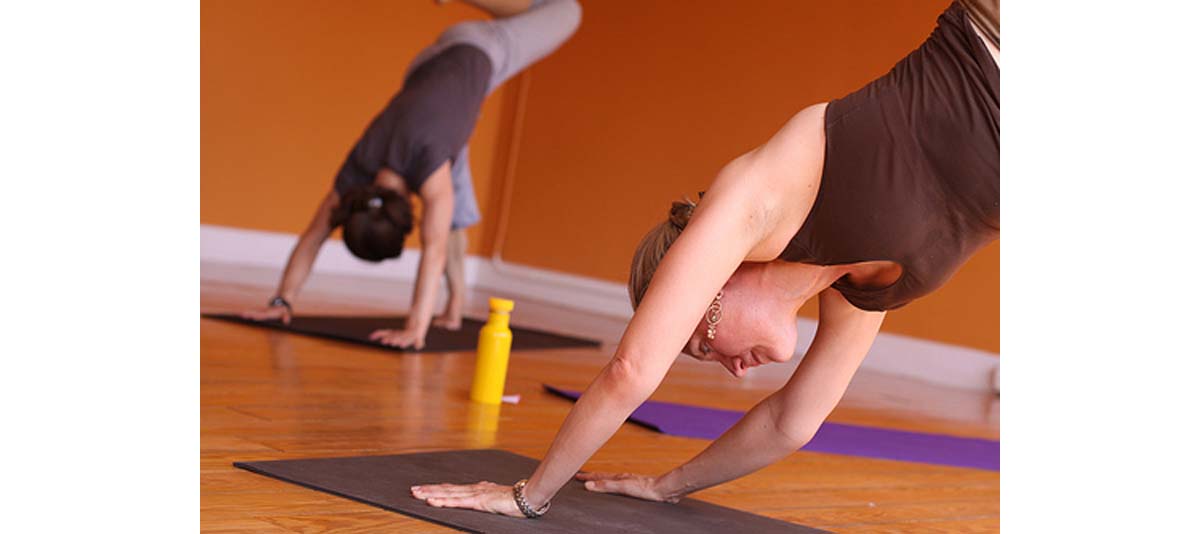Table of Contents
Cardio
Any exercise that gets your heart rate up and makes you sweaty can be considered a cardio exercise, and these exercises are an important part of any workout routine as they increase general fitness and help you improve your endurance.
As mentioned, running generally falls under the “high-impact, high-risk” banner when it comes to your joints. If you’re dead set on running, hire a qualified running coach to help you optimize your technique and potentially save your joints.

You’d think this would play havoc with your knees and ankles, but this isn’t necessarily the case. Running up a hill actually shortens your stride length and decreases the time each foot is off the floor, leading to far less impact on landing and thereby being easier on the joints.
Swimming is a great choice, as the water takes a lot of your body-weight, meaning your joints don’t have to work to hold you up.
Cycling is another option, though this again depends on your own specific joint health. Plus there’s a difference between a steady half hour on a stationary bike at the gym and a day of mountain biking over rough terrain where you’re in and out of the saddle and racing down dunes and over dirt jumps.
Another slightly odd, but highly effective form of joint-friendly cardio is sled dragging. Powerlifting gyms and athletic training facilities often have weighted sleds that you can push or pull. You’ll get a fantastic cardio workout, and like hill sprints your total joint stress, training time and foot to floor impact is a lot lower than going out running. If you don’t have access to a sled, find yourself an old tire, secure a rope round it and pull it across a football field. This is unconventional training at its finest, but it’ll work and your joints will thank you for it.
Joint-Friendly Strength Training
Lower Body Exercises
Squats and deadlifts are awesome exercises but they can be stressful on your knees and hips. As a young, injury-free lifter you’re probably okay, but it’s worth bearing more joint-friendly variations in mind.
Single leg movements such as single leg squats, split squats, lunges and step-ups greatly reduce the force on your spine that’s created when you do squats and deadlifts with a barbell.
Try all these exercises with just your body weight first, before adding any extra weight. Slowly add extra weight if you feel you can handle it.
Upper Body Exercises
Bench presses and shoulder presses may be the cornerstone of gym strength programs, but if you’ve got bad shoulders, they’re both no-go exercises.
Try pushups instead.
Floor presses, where you lie on the floor and push a dumbbell or barbell above your head also reduce stress on your shoulder joint, but still hit your chest, delts and triceps.
Finally, don’t forget your back. Most back exercises have very little negative impact on your joints, but you may want to avoid behind the neck exercises.
Joint issues shouldn’t stop you training – it’s just a case of getting creative and making sure your exercise program helps to improve your joints, not make them worse.
- “Joint-Friendly Training”, By Nick Tumminello, Published on January 20, 2009, Accessed on March 16th, 2013, Retrieved from http://www.t-nation.com/free_online_article/sports_body_training_performance_repair/jointfriendly_training

